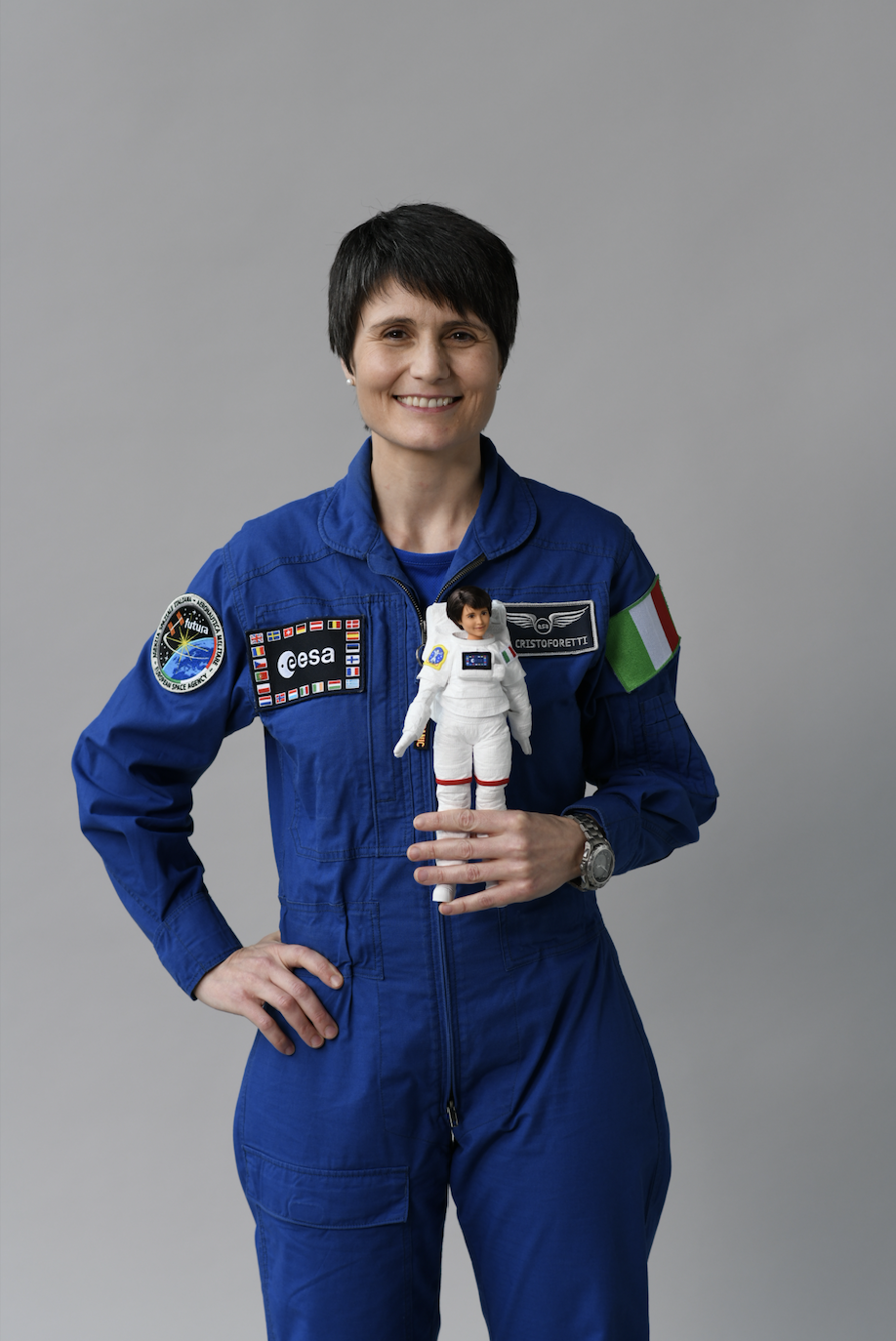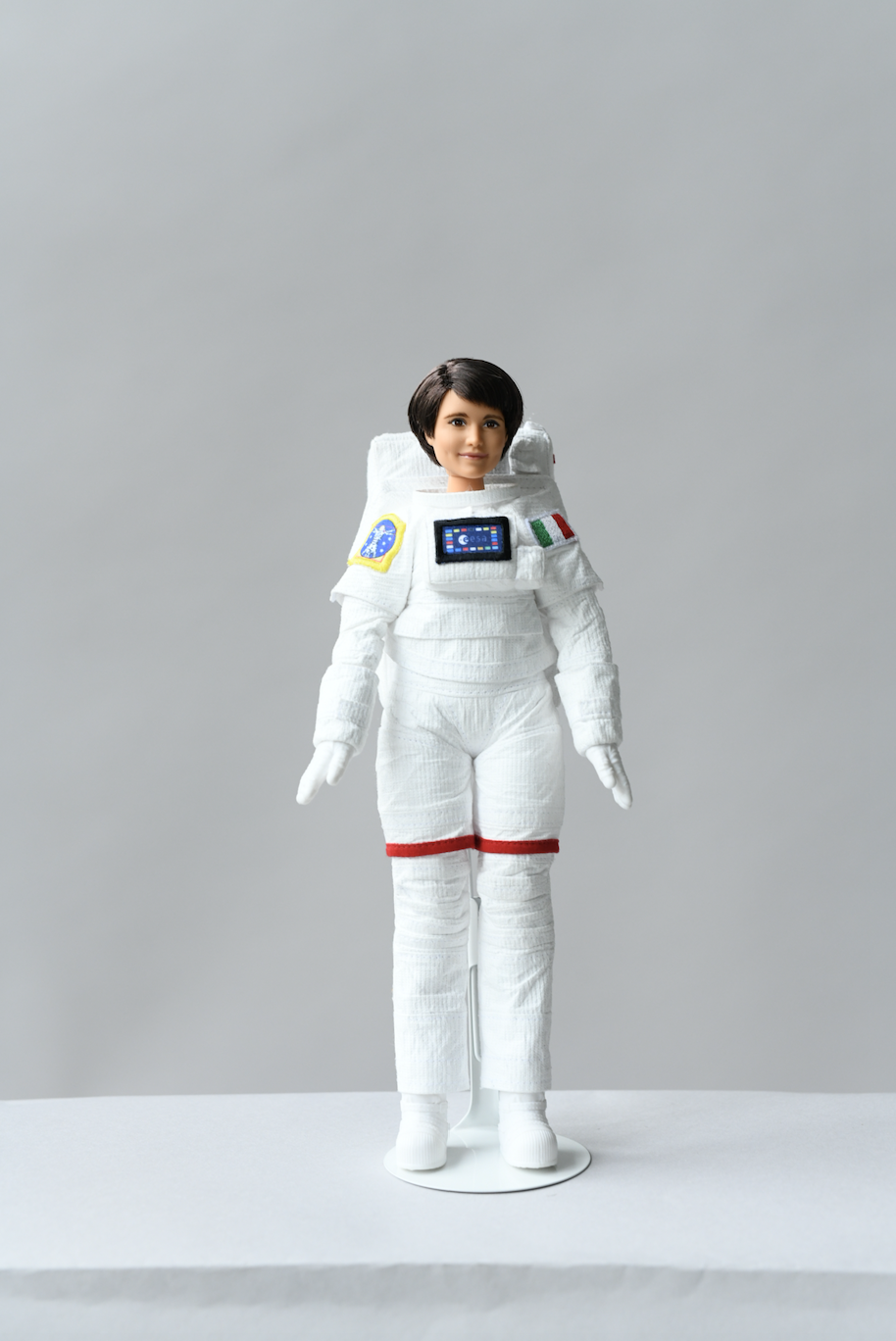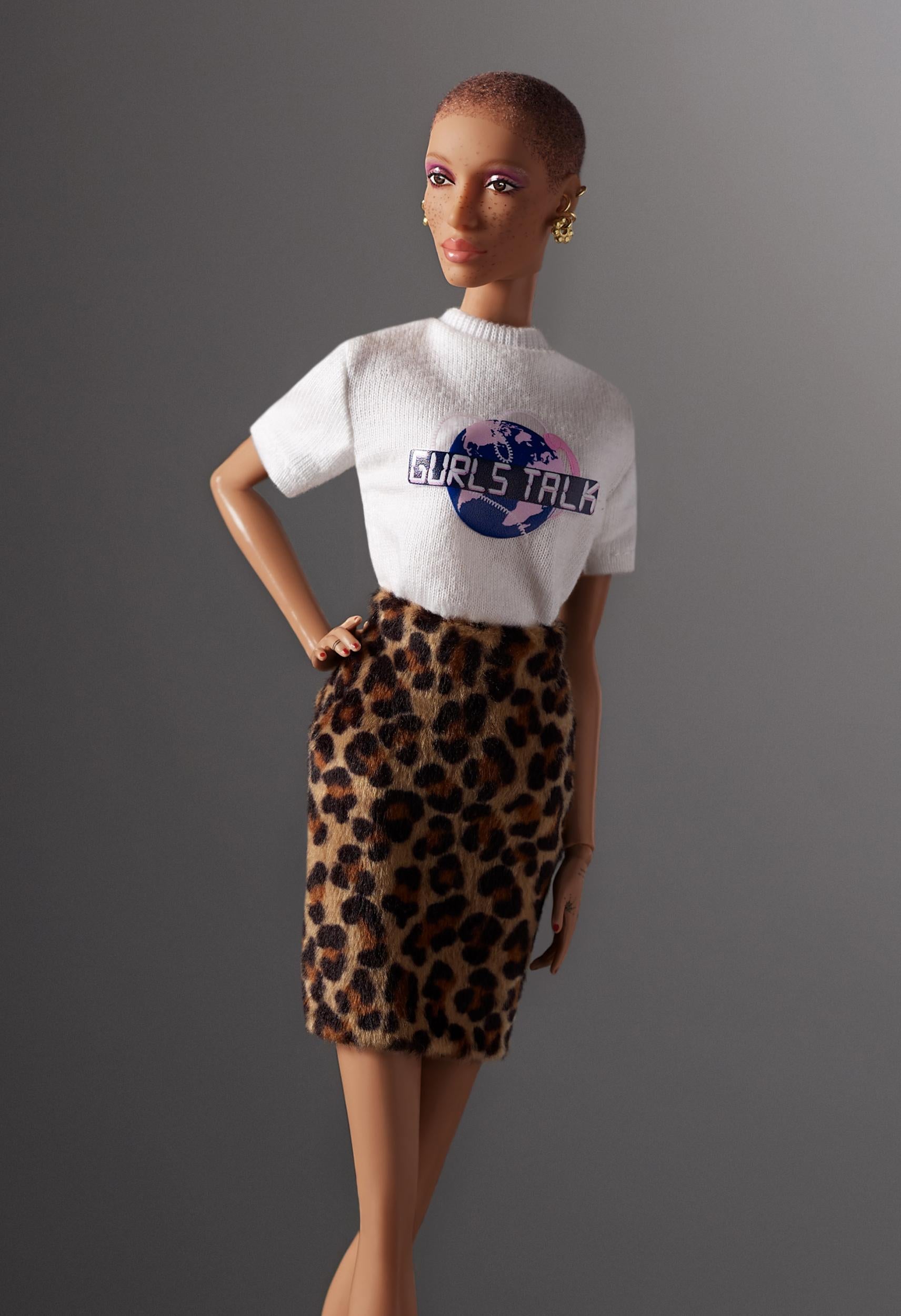
Barbie has transformed a female astronaut into a doll to encourage more girls to explore careers in science, technology, engineering, and mathematics (STEM).
Designed in collaboration with the European Space Agency (ESA), the doll has been created in the likeness of Samantha Cristoforetti, the organisation’s only active female astronaut.
Cristoforetti was selected by the company behind Barbie, Mattel, as an inspiration and role model to young girls.
The new doll forms part of the toy brand’s Dream Gap Project, an on-going initiative with the goal of closing the “dream gap” – a phenomenon that refers to the combination of barriers that impede girls from achieving their dreams or reaching their full potential.
Cristoforetti says she hopes the collaboration with Barbie “will help young girls and boys to dream about their future without limits.”
Isabel Ferrer, european director of marketing for Barbie, said the brand is “proud” to be part of the collaboration with the ESA.
“Barbie has always shown girls that they can be anything, giving them the opportunity to interpret different roles through play and embark on countless number of careers encouraging imagination and self-expression,” Ferrer said.
“We know how important it is for girls to have role models and this new ESA collaboration helps us to take this to an astronomical new level.”
Ersilia Vaudo-Scarpetta, chief diversity officer for the ESA, agreed, adding that the space industry needs a “diversity of talents to imagine and enable the future in space”.
“We are therefore proud to launch ESA's collaboration with Barbie, highlighting inspiring role models as the astronauts and encouraging girls to believe in themselves, look at the sky and dream high,” Vaudo-Scarpetta said.
As part of the partnership, Barbie also commissioned a report to try and gauge parental attitudes and knowledge around STEM subjects.
The survey of 2000 parents revealed that 80 per cent said they lacked basic knowledge of STEM careers.
Meanwhile, a large number of participants were found to have little awareness of female space pioneers.

When asked about their knowledge of astronauts, almost all parents knew about men within the space industry, including Neil Armstrong (74 per cent) and Stephen Hawking (65 per cent).
But in stark contrast more than half (52 per cent) of the parents questioned had no idea of any of the names of the top female space astronauts.

The majority (70 per cent) of parents also agreed that achievements of females in space needed to be given more of an equal footing to those of their male counterparts, while a third said they do not believe there are enough positive role models in space and STEM-related fields for girls.
To address the concerns raised in the study, Barbie has also published a set of helpful STEM tips for parents and caregivers to help them encourage their children to aspire to a career in a STEM-related field.

Dr Elizabeth Kilbey, a consultant clinical psychologist, said: “When it comes to our daughters, we want those dreams to be limitless.
“This research shows that one of the most powerful things parents can do is to build their knowledge, including around STEM careers and positive female role models, to show our daughters that the sky’s the limit when it comes to their future”.
Earlier this year, Mattel also launched a doll to honour British activist and model Adwoa Aboah.

Aboah was selected by the company for using her platform to empower young women by founding Gurls Talk in 2015 – an online community where young women can discuss issues such as mental health, education and relationships.
“I’m passionate about encouraging girls to be anything they want to be, and I’m honoured to be a Barbie Shero,” said Aboah.
“I believe by working together we can encourage girls to find their authentic voices and that we can have an impact on the world for the next generation of girls”







